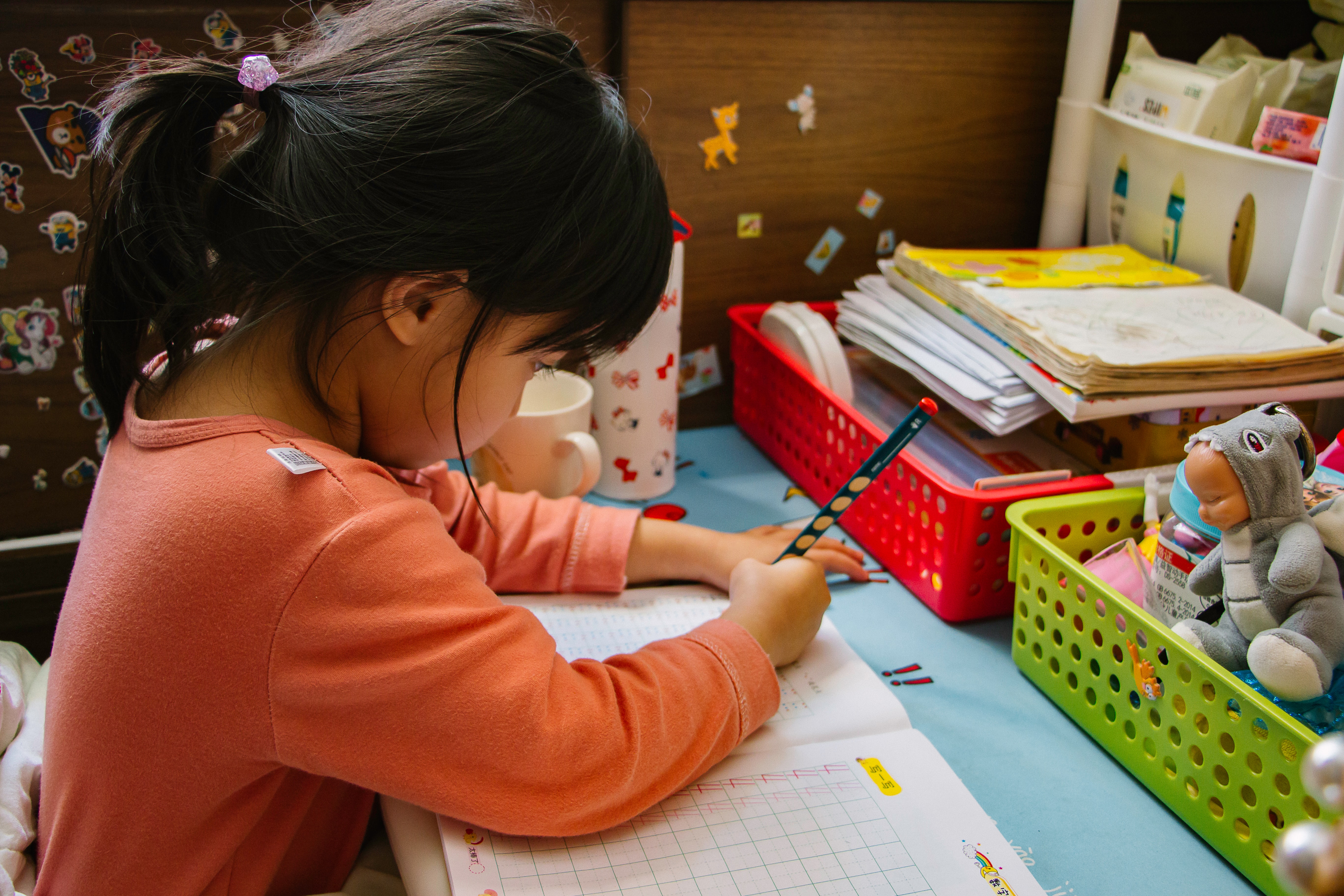How Are Child Cares Reopening During a Pandemic?

Like most scenarios, this year looks a lot different than the same time last year. Indeed, this back-to-school season is wildly different than past years. To understand how child care programs plan to reopen and how their planning and priorities have shifted, we commissioned a comprehensive survey of programs nationally. In this article, we’ll address the biggest reopening trends as child care programs prepare for back-to-school.
Nearly a third of child care programs have closed.
In the survey, 29 percent of respondents had closed due to the pandemic. This set of closures eliminates over 6000 child care spots available in these communities.
Facilities will operate significantly below capacity.
Those facilities that remain open are only able to fill one-third of their capacity, and close to 50 percent of non-attendees have cited COVID-19 as the reason for not enrolling.
The surveyed child care programs expect to see an increase in enrollment, from less than a third of total capacity to about half capacity. At the program-level, this is a 50 percent increase from a median of 20 students to a median of 30 students.
Still, even with expected growth in attendance, these programs are expecting to operate at 50 percent capacity.
Child care programs have less staff.
The programs surveyed laid off a total of 1180 staff, which is a median of four per facility that reported layoffs. However, it’s not all bad news. A smaller percentage of facilities did, in fact, cite staffing increases, which totaled 58 across respondents, or two per facility where new hires occurred.
If all stays the same, child care programs are four months from financial insolvency.
Yet, even with financial support, the dire effects of the COVID-19 pandemic and economic recession have left most facilities on the brink of financial insolvency. At current levels, the median response for months remaining until financial insolvency was four. If facilities were forced to close, this would fall to three months.
To weather this time, most facilities plan to stay the course, some will leave, and others will expand.
As a result, many program leaders are considering how to weather this time and what initiatives – if any – they may undertake. While the majority of businesses surveyed plan to stay the course, 17 percent stated they intend to leave the industry, while on the other end of the spectrum, 12 percent plan to expand to increase revenue.
Beyond a vaccine, child care programs want funding and the ability to stay open and increase enrollment.
With the enormity of the challenges, we also wanted to understand what would help these child care program owners and directors find some semblance of happiness or comfort at this time. This was an open text field, so answers are hard to standardize. Unsurprisingly, however, funding was the most common response. Other top answers included:
- A vaccine or cure.
- Staying open.
- Increased enrollment.
- Information and guidance from the government.
Child care programs are looking online to increase enrollment.
To increase enrollment, the top channels cited were word of mouth, online advertising and social media marketing, mail flyers, and website optimization.
Parent communication and cleaning procedures are top concerns for a safe reopening.
To meet new guidelines, many programs are implementing extensive operational changes to improve health and safety. Specifically, we asked what the most difficult of these requirements and regulations were to achieve.
No surprise, the majority of the challenges revolve around meeting cleaning regulations, communicating with parents, keeping staff safe, and managing general time constraints.
Acquiring PPE is challenging.
And to make matters more challenging, surveyed respondents on average described acquiring adequate PPE and cleaning supplies as difficult, making reopening plans precarious.
Child care programs are investing in new technology for distance learning as well as digitizing business operations.
Finally, with the new mandates and growth initiatives, we also asked the respondents about the technology they are implementing to streamline operations across their schools.
The most common were online learning tools, like video conferencing and other digital education programs. There was also an outsized emphasis on digitizing business operations with tools like child care management software, online communication apps, and digital attendance tools.
There is still so much unknown about this coming school year, but this survey gives us an idea of the enormity of planning required in a period of so much uncertainty. For more, read the full survey analysis here.











